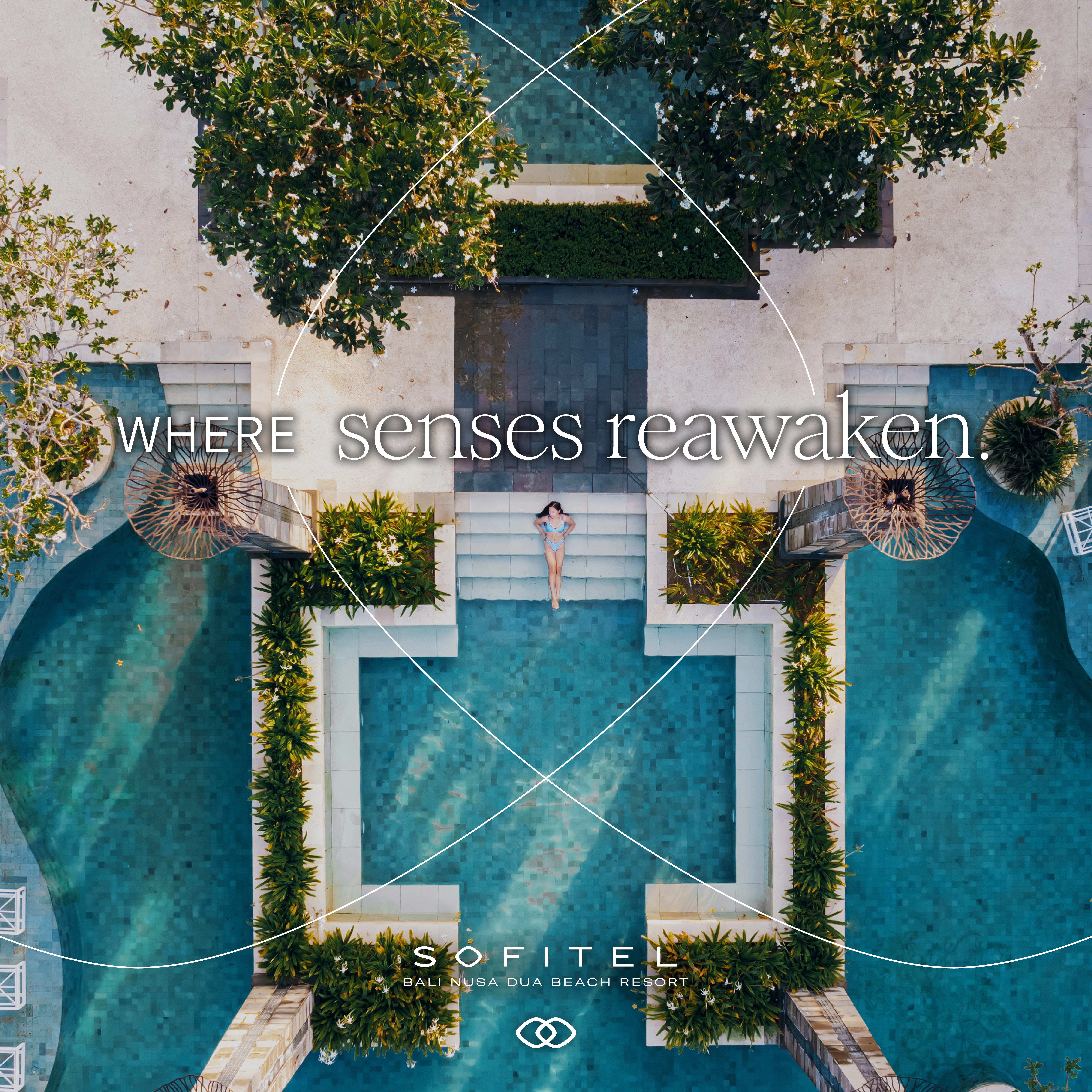A pilgrimage has always been more than a journey, it’s a threshold crossed, both inward and outward. Whether you’re tracing the Via Dolorosa in Jerusalem, circling the Kaaba in Mecca, surrendering to a melukat ritual in Bali, or witnessing Semana Santa unfold through incense and brass in Seville, these paths lead not just to holy places, but back to the sacred within. In these moments, pilgrimage becomes less about distance and more about depth. And increasingly, it can be done with grace: think private transport between ancient monasteries, guided reflections at biblical sites, or sunset prayer after a day of immersion, followed by rest in a five-star sanctuary.
Today, we no longer have to choose between reverence and refinement. Luxury pilgrimages offer curated spiritual experiences enriched by comfort, allowing travelers to immerse themselves in faith while staying grounded in ease. A Holy Land journey, for example, might include daily Mass, meditative walks through sacred landscapes, and restful nights at heritage hotels in Jerusalem. In this light, pilgrimage becomes not just about sacrifice, but presence, where the soul is free to reflect, breathe, and be transformed. This is the art of traveling inward, wrapped in the quiet beauty of the world’s most sacred places.
 Photo courtesy: vaticannews.com
Photo courtesy: vaticannews.com
Jerusalem: Holiness Woven in Stone
No Easter pilgrimage feels more poignant than Jerusalem. To walk its storied streets during Holy Week is to move through living scripture, where every turn reveals a moment from the Gospels, and every cobblestone holds the weight of centuries. The Via Dolorosa, the “Path of Suffering,” invites pilgrims to trace the footsteps of Jesus as He carried the cross, an act of devotion both humbling and profound. But this isn’t just a history lesson; it’s a heart-opening encounter with the divine. With thoughtfully curated luxury pilgrimages, complete with stays in centrally located five-star hotels, daily Mass, and spiritually enriching private tours led by priests or biblical scholars, pilgrims can immerse fully without worrying about logistics. Think sacred reflection, minus the stress of navigating side streets with a paper map.
At the Church of the Holy Sepulchre, where Jesus was crucified, buried, and rose again, awe isn’t just felt, it’s almost tangible. Candles flicker like prayers in motion beneath the ancient domes, while just steps away, the olive trees in the Garden of Gethsemane whisper of solitude and surrender. The Mount of Olives offers not only panoramic views but a breathtaking pause for perspective. These aren’t just stops on an itinerary, they’re spiritual touchstones, deeply etched into the Christian imagination. And after days filled with devotion, rest comes easy in Jerusalem’s refined sanctuaries, whether it’s the heritage-rich King David Hotel, the understated luxury of Theatron Jerusalem, or the panoramic serenity of the David Citadel. In this city where time folds and faith deepens, every moment becomes part of your own unfolding testament.
 Photo courtesy: Alila Ubud
Photo courtesy: Alila Ubud
Bali: Where Water Remembers, and the Spirit Listens
In Bali, spirituality isn’t something you search for, it’s something you feel. It hums beneath the palms, drifts with incense through temple courtyards, and flows in the waters that have drawn seekers for centuries. Long past the glossy glow of Eat, Pray, Love, the island remains a sanctuary, not just for escape, but for renewal.
Here, pilgrimage takes a softer, deeply personal shape. There are no towering cathedrals or ancient stone paths to follow. Instead, there is ‘Melukat’, a sacred Balinese water purification ritual passed down through generations. In temples like Tirta Empul or Pura Mengening, worshippers and wanderers alike bow beneath the rush of holy spring water, allowing it to wash away the unseen: regret, sorrow, spiritual weight. It’s not a performance; it’s a quiet surrender. A way of telling the body and soul that it’s safe to begin again.
Melukat is more than ceremony, it is pilgrimage through stillness. In an era of constant motion, it reminds us that inner clarity is also a destination worth crossing oceans for. Increasingly, travelers arrive in Bali not just for beaches or cafés, but for something intangible, to feel whole again. In this way, melukat has evolved into a form of spiritual tourism: a ritual that meets the modern soul where it is, offering not spectacle, but transformation.
For those seeking deeper healing, the island offers another layer of wisdom through the ‘Balian’ Bali’s traditional healers. These spiritual guides, often trained through sacred texts or ancestral lineage, blend divine energy with herbal knowledge, massage, and meditation to help treat emotional, energetic, and physical imbalances. Some come seeking clarity. Others, relief. All are met with the kind of healing that modern medicine sometimes forgets: human touch, ancestral memory, and unwavering presence.
Yet healing in Bali doesn’t arrive with austerity, it’s offered with warmth, in places where comfort and spirit meet.
Down by the coast, The Meru Sanur offers a similar sanctuary. Within its grounds lies an ancient temple, where melukat blessings are held for those seeking inner stillness, a kind of soul detox wrapped in sunlight and sea breeze. In Bali, the line between travel and pilgrimage blurs. The path is not paved with stone, but with intention. Whether kneeling in temple waters or sitting quietly with a healer in a village compound, visitors discover that the most sacred journeys are not always to places, but to parts of themselves long forgotten.
At Alila Ubud, located in the island’s central highlands, guests can participate in “Alila Moments”, a cultural and spiritual program designed to immerse visitors in authentic Balinese traditions. One of its signature experiences is Melukat, a traditional water purification ritual led by local Hindu priests. Recognized as an important practice in Balinese spiritual life, Melukat involves ritual cleansing using holy spring water, intended to purify the body, mind, and soul from negative energy.
Following the ritual, guests take part in a guided meditation session to deepen reflection and restore inner balance. As part of the tradition, each participant is given a Tri Datu bracelet, braided in red, white, and black, to represent the three forces of creation (Brahma), preservation (Vishnu), and dissolution (Shiva) in Balinese Hindu belief. The experience concludes with a visit to Pura Gunung Kawi Sebatu, one of Bali’s most tranquil water temples, offering a serene environment for contemplation and spiritual closure.
Alila Manggis in East Bali offers a rare and authentic wellness experience through its Balian Healer Experience, a private session with Pak Gunung, a respected traditional healer known locally as “Mr. Mountain.” A practicing Balian for decades, Pak Gunung draws from generations of ancestral knowledge to help guests rebalance their physical and emotional energy. His method combines pressure-point techniques, energy alignment, and intuitive diagnosis, not guided by modern scripts, but by deep-rooted cultural practices passed down through Balinese lineage.
Unlike staged or commercialized wellness sessions, this experience is highly personal and grounded in the island’s living tradition of spiritual care. Guests meet one-on-one with the healer, often in tranquil settings on or near the Alila Manggis property, allowing space for stillness and reflection. The session is designed not for spectacle, but for realignment, addressing blocked energy, unresolved tension, and emotional fatigue. In a region where wellness can often be commodified, Alila Manggis provides something more meaningful: a genuine invitation into Bali’s spiritual heart, where healing is quiet, intentional, and lasting.
 Photo Courtesy: Onlyyouhotel.com
Photo Courtesy: Onlyyouhotel.com
Semana Santa: Spain’s Living Gospel
In Ibiza Old Town, where whitewashed walls catch the golden light of spring and history clings to every cobbled turn, Holy Week arrives not with fanfare, but with deep, resonant grace. Though smaller than its Andalusian counterparts, Spain’s Semana Santa carries a soulful charm. Processions wind through its ancient streets with a quiet dignity, drawing travelers who crave something more intimate, faith not on a stage, but at arm’s length, close enough to feel.
Further south in Seville, Semana Santa unfolds in full splendor. During this Holy Week, the city becomes a sacred theatre where streets transform into candlelit aisles and brotherhoods (hermandades), some centuries old, carry towering pasos on their shoulders. These floats, often carved in the Baroque era, depict scenes from Christ’s Passion with astonishing detail. From Jesus’ anguished vigil in Gethsemane to the Virgin Mary’s silent mourning, each paso is part of a living gospel, told not through sermons, but through motion, music, and emotion.
This is not simply tradition, it’s pilgrimage with pageantry. Brass bands echo down alleyways, balconies bloom with spectators, and flamenco saetas pierce the silence with raw, impromptu prayer. It’s a week where belief and beauty collide, and whether you’re moved by devotion, culture, or sheer spectacle, the impact is unforgettable.
To witness it all in comfort, there’s Montesol Experimental, a five-star gem in Ibiza Town with balconies overlooking the routes of the processions. In Seville, rest comes easy at Mercer Sevilla 5 GL, nestled near the cathedral, or Only You Hotel, which offers official Holy Week tours and VIP balcony views. Because while your spirit soars, your stay can still feel like a soft landing—luxury, after all, can be part of the pilgrimage.
 Photo courtesy: Haydan As-soendawy/Pexels
Photo courtesy: Haydan As-soendawy/Pexels
Mecca: The Sacred Journey of a Lifetime
For millions of Muslims across the globe, Hajj is more than a rite, it is a profound act of submission, a spiritual calling, and a deeply personal odyssey. In 2025, the pilgrimage is expected to take place from June 4th to 9th, depending on the moon sighting. It draws pilgrims to Mecca, a city that lies at the heart of Islam, not only as the focal point of the faith’s holiest rituals, but as the birthplace of Prophet Muhammad and the land where the Qur’an was first revealed.
Hajj, one of the five pillars of Islam, is a journey of unity and humility. Pilgrims retrace the footsteps of Prophet Ibrahim, moving through sacred rituals at the Kaaba, Mina, and Mount Arafat. It is physically rigorous and emotionally raw, yet, profoundly purifying. Alongside Hajj, Umrah continues year-round, welcoming millions more seeking spiritual closeness to the Divine.
The city’s spiritual anchor is Al Masjid Al Haram, the largest mosque in the world, encompassing the revered Kaaba itself. Other significant sites include the tranquil Masjid-e-Aisha, known for its role in the rituals of Ihram. But Mecca also reveals quieter stories for the contemplative traveler: the Makkah Museum offers glimpses into pre-Islamic history and early Islamic artifacts, while Makkah Mall provides a touch of modernity, blending leisure, shopping, and family-friendly entertainment.
Though the pilgrimage is not about luxury, moments of rest and reflection are part of the journey. Accommodations like the refined Jumeirah Jabal Omar Makkah, the elegant Address Jabal Omar, and the centrally located Al Ghufran Safwah Hotel offer serenity and comfort just steps from the sacred sites.
 Photo courtesy: Vatican media
Photo courtesy: Vatican media
Vatican City: A Jubilee Year to Remember
As one of history’s most iconic pilgrimage destinations, Vatican City beckons travellers once again, especially this year. The 2025 Jubilee Year marks a rare spiritual occasion, inviting pilgrims to pass through the Holy Doors of the four major papal basilicas in Rome: St. Peter’s, St. John Lateran, St. Mary Major, and St. Paul Outside the Walls. These sacred doors, symbolizing mercy and renewal, is open begin Christmas Eve 2024 and close January 6, 2026.
While the Vatican nourishes the spirit, Rome provides ample opportunity to indulge in beauty and la dolce vita. Pilgrims seeking both prayer and poise might rest at the eco-chic Bio Hotel Raphael, the grand Westin Excelsior, or the timeless glamour of Hotel d’Inghilterra. Faith, after all, pairs well with fine espresso and skyline views.
Luxury for the Soul
Across these destinations, from the Vatican to Mecca, from Jerusalem to Bali, one message echoes: pilgrimage is evolving. It is no longer confined to the devout or the ascetic. It belongs to the curious, the open-hearted, the traveler who seeks not just to arrive, but to awaken.
This April, we invite you to step off the beaten path and into something richer. One where silence is golden, tradition is transformative, and five-star peace looks a lot like surrender.

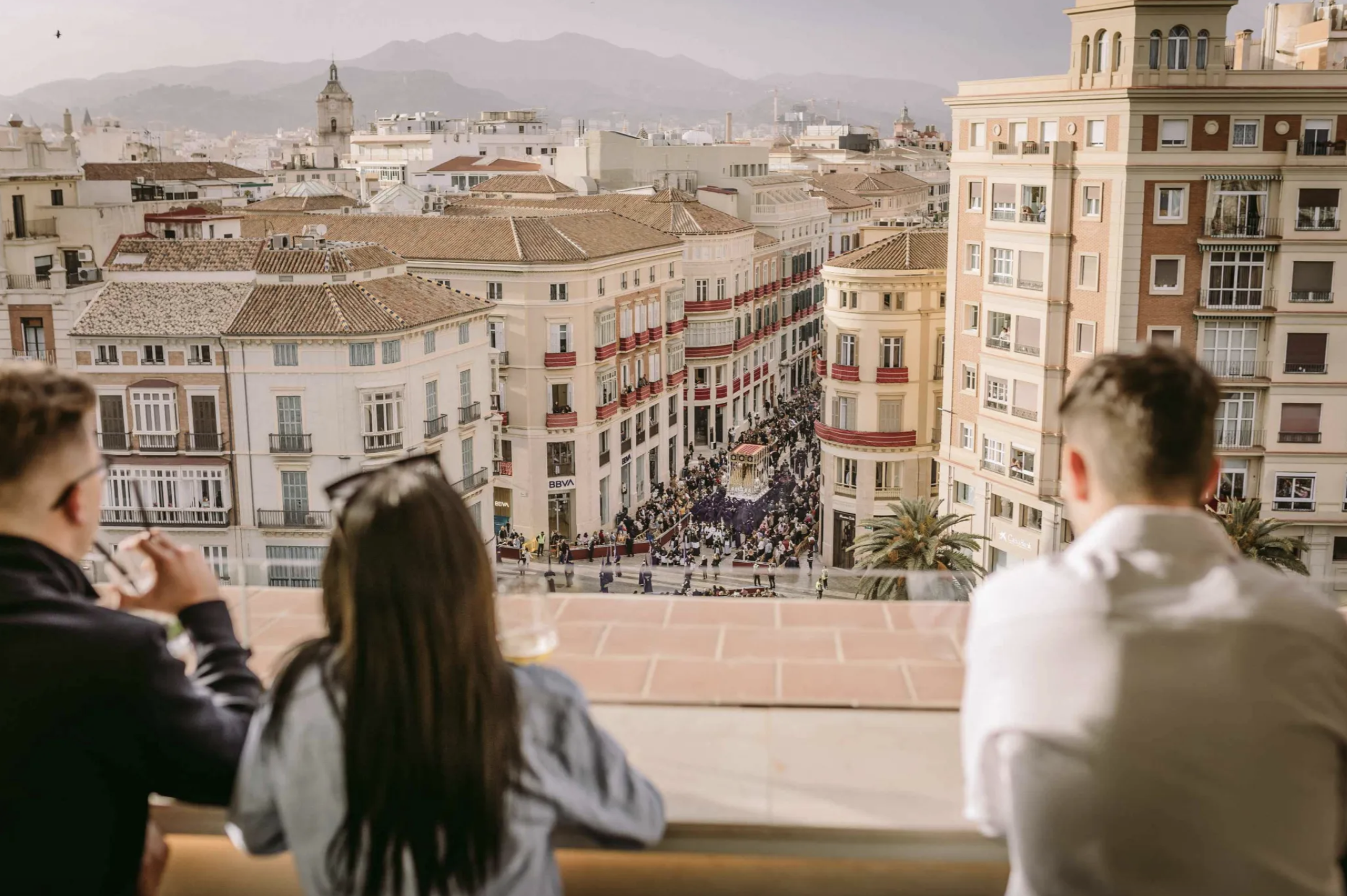
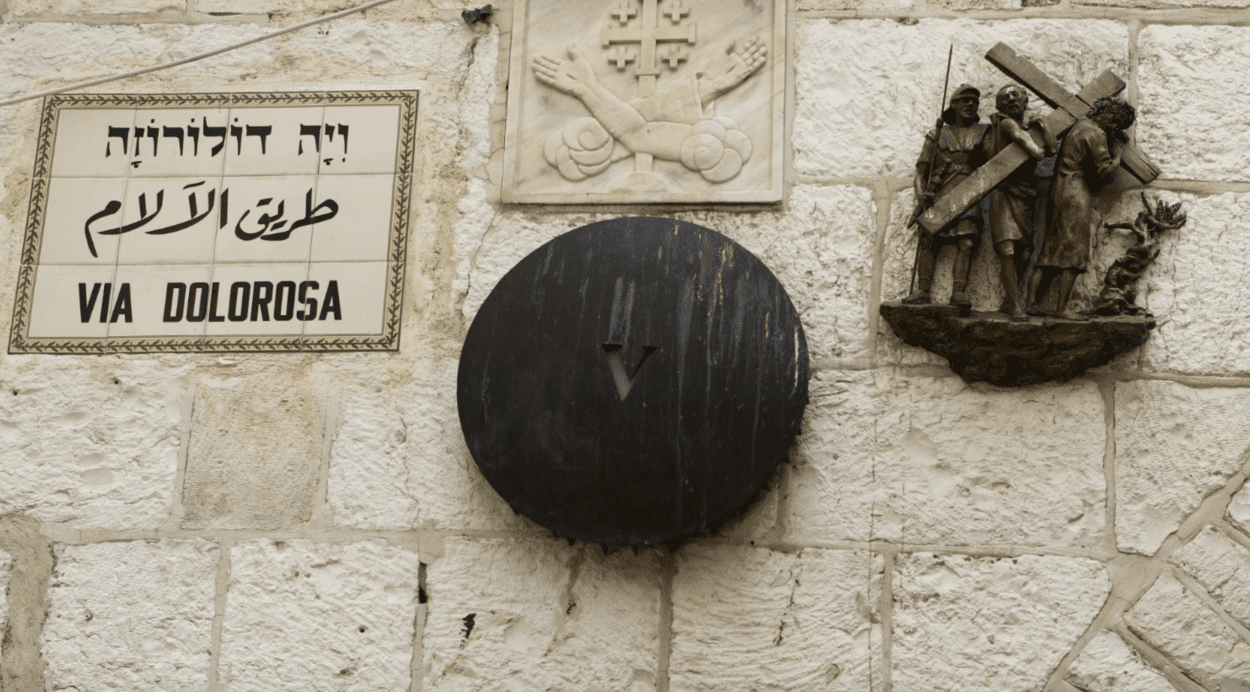 Photo courtesy: vaticannews.com
Photo courtesy: vaticannews.com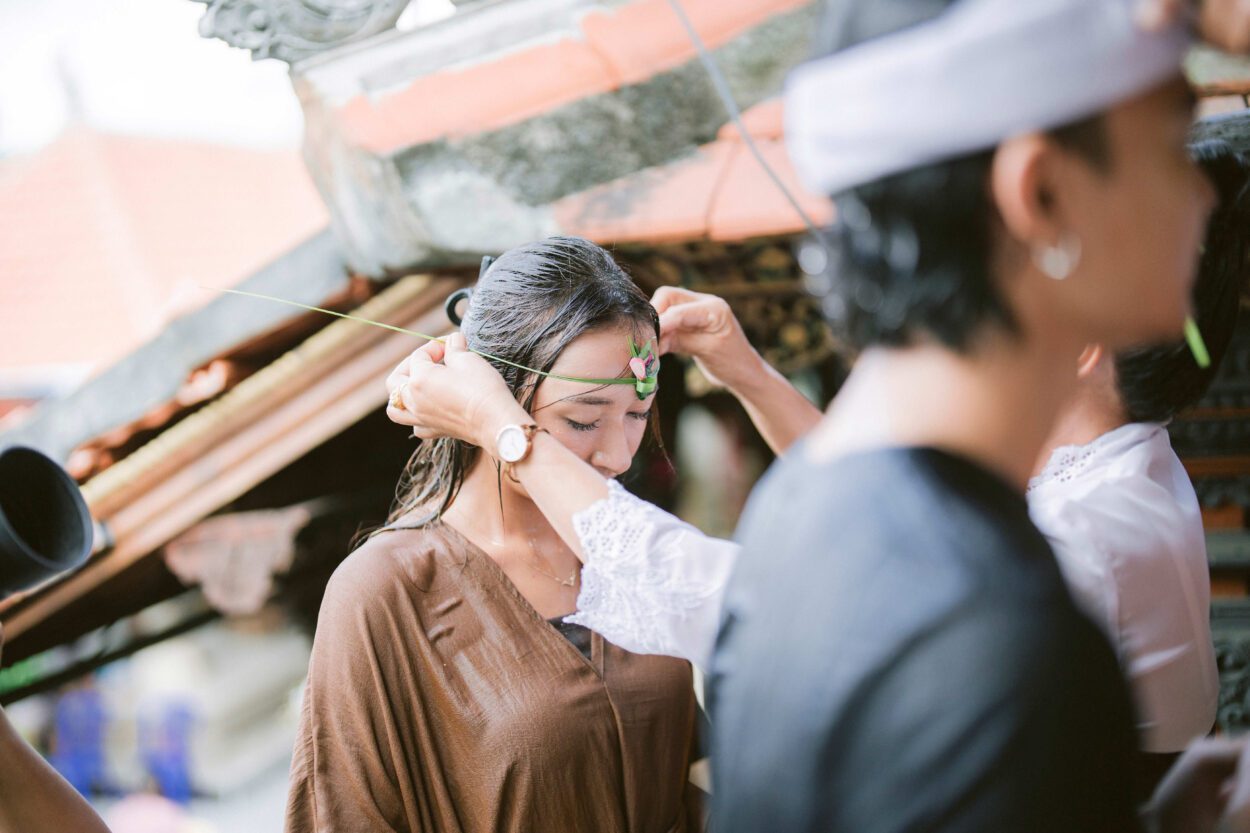 Photo courtesy: Alila Ubud
Photo courtesy: Alila Ubud Photo Courtesy: Onlyyouhotel.com
Photo Courtesy: Onlyyouhotel.com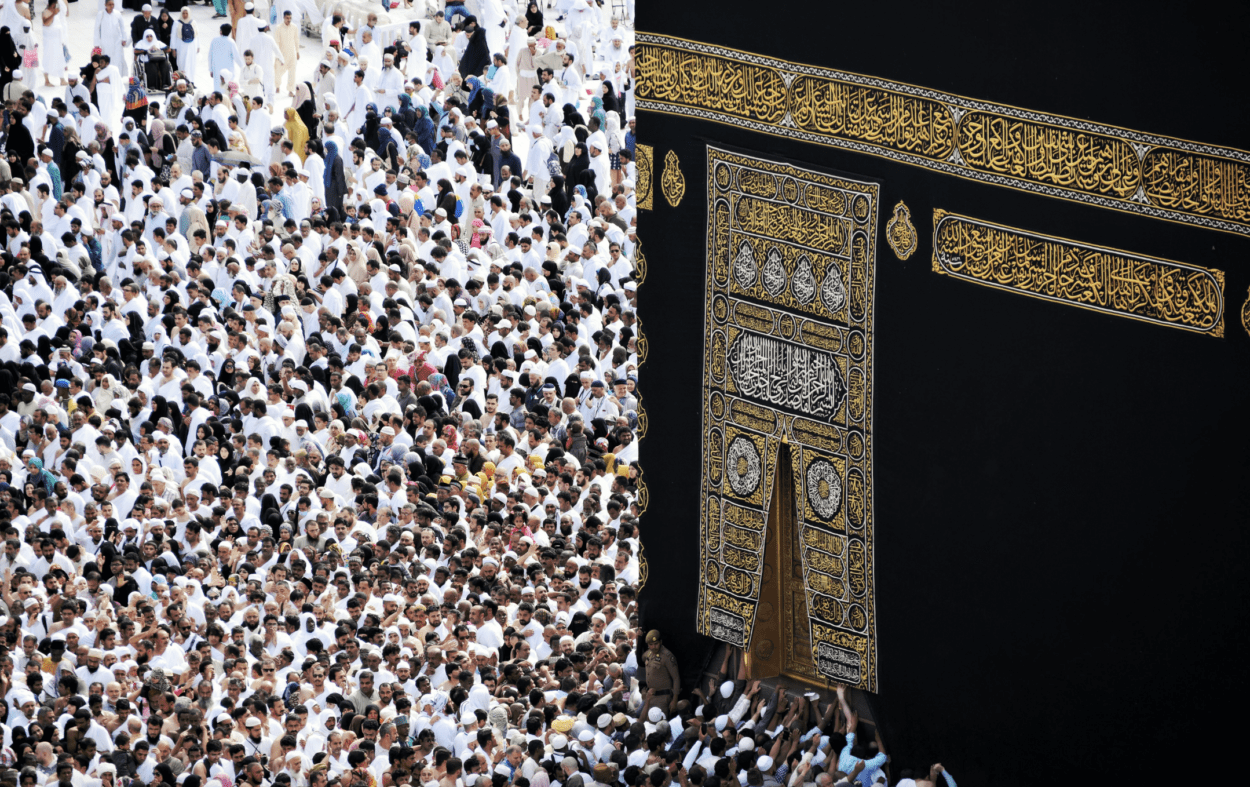 Photo courtesy: Haydan As-soendawy/Pexels
Photo courtesy: Haydan As-soendawy/Pexels Photo courtesy: Vatican media
Photo courtesy: Vatican media





